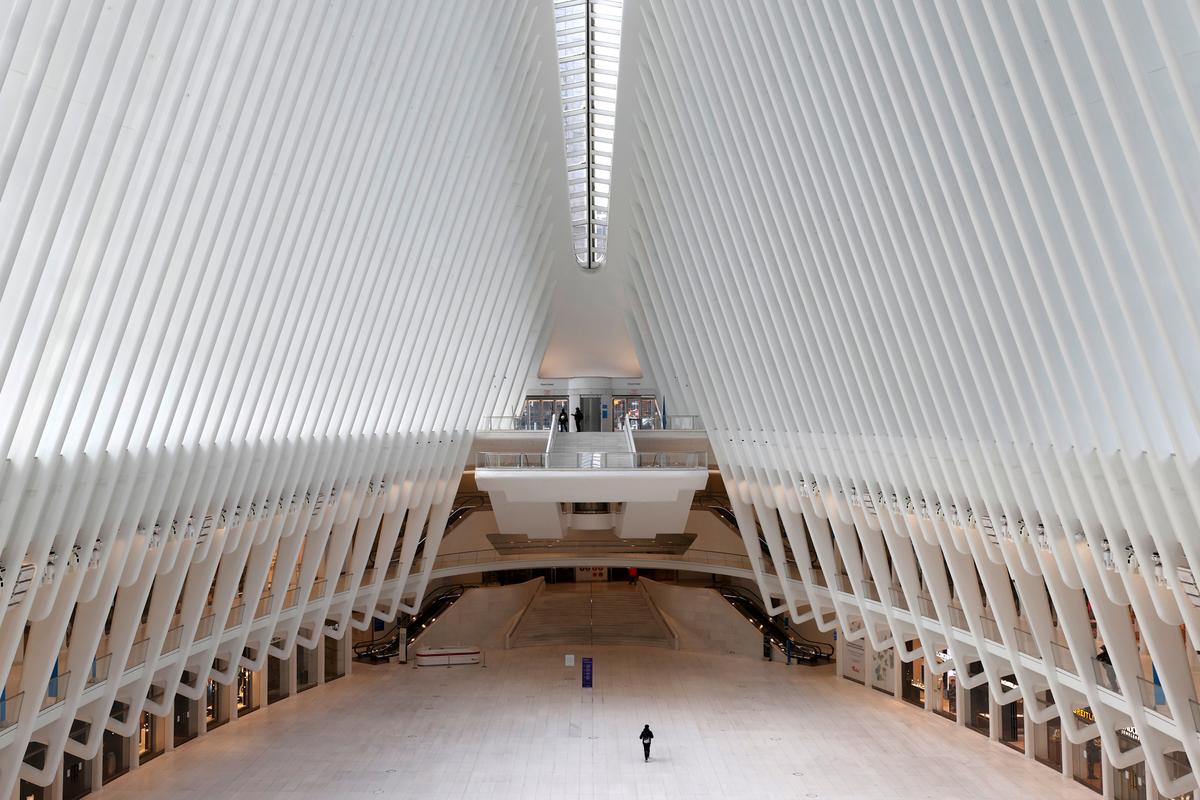WASHINGTON, March 28 (Reuters) – It may, as House Majority Leader and Maryland Democrat Steny Hoyer said on Friday, be out of love that the United States agreed to shut down much of its economy to stop a viral epidemic and save lives.
FILE PHOTO: A man walks alone through the nearly empty Oculus transportation hub at the World Trade Center in lower Manhattan during the outbreak of the coronavirus disease (COVID-19) in New York City, New York, U.S., March 27, 2020. REUTERS/Mike Segar/File Photo – RC2RSF95YAB2
It may, as Treasury Secretary Steven Mnuchin said, be out of necessity that the federal government agreed to foot the bill.
Whatever the motivation, in the scope of two frantic weeks, U.S. elected officials and central bankers have engineered an economic intervention unparalleled outside of wartime.
All in it would supplant perhaps 30% of gross domestic product with government spending and loans, drive the federal deficit as high as needed to make that happen, and broaden U.S. social spending in ways that just a few weeks ago Republicans and President Donald Trump were branding as “socialist.”
After Congress delivered final approval following a week of negotiation, Trump on Friday signed legislation that would authorize more than $2 trillion in direct payments to households, loans to small and large companies, and funding that the Federal Reserve may leverage into as much as $4 trillion more in credit – money that will leave a deep government imprint on a pre-cris

